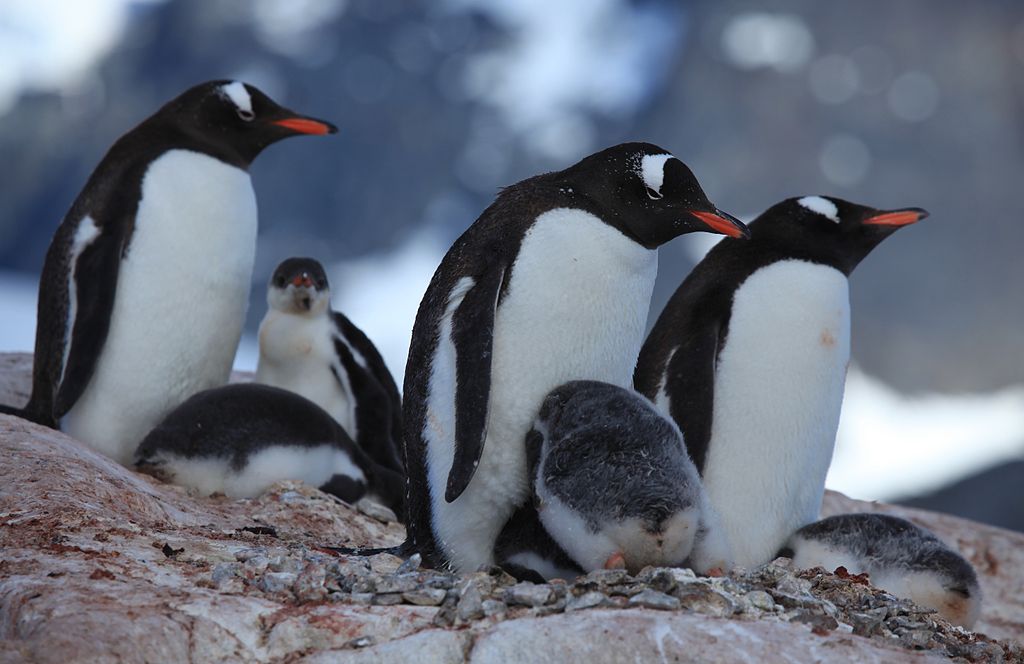Marie Collison, Class of ‘25

Image 1 Gentoo penguins in Antarctica
Marine pollution is a prominent problem in environmental policy and study. Reports of pollution in organisms in the Antarctic are becoming increasingly common, likely due to increasing human activity, growing tourism, and an expanding krill fishing industry. However, the sources of these pollutants along the West Antarctic Peninsula are still poorly understood. There are two types of debris sources: point (specific) and non-point (nonspecific) sources. The development of debris-tracking technology could offer insight into the main threat to the local ecosystems.
Using a high-resolution physical ocean model to quantify pollutant loads throughout the region, research published in 2024 investigated the various sources of debris in the West Antarctic Peninsula (WAP). The research team, led by Kathrine Gallagar of the School of Marine and Atmospheric Sciences at Stony Brook University, initially hypothesized that pollution from specific human activities would provide the most debris to the WAP continental shelf. They considered non-point sources of debris from surrounding aquatic bodies and point source pollution from human activities including tourism, research, and fishing. The team used the Regional Ocean Modeling System (ROMS) physical ocean model, which has been previously used for developing various marine and atmospheric models. Using the ROMS, they simulated four different austral summers, spanning from November to March during four timespans: 2008–2009, 2009–2010, 2018–2019, and 2019–2020. They paid particular attention to how the debris was modeled to affect various penguin colonies in the WAP.
Their results indicated that, in the coastal Antarctic, point source pollution is more likely to serve as a source for observed debris than non-point source pollution, thus supporting their hypothesis. It was also found that the dominant source of pollution is not universal across the WAP and varies from region to region. For example, penguin colonies in the South Shetland and Elephant Islands had the greatest debris load from point sources, and penguin colonies at Cornwallis Island and Fort Point were exposed to the highest theoretical debris loads. The reported results provide critical insights into a better understanding of debris distribution origins throughout the West Antarctic Peninsula. The researchers propose developing a debris sampling protocol that would help confirm their current model and provide the necessary data to improve future studies into environmental preservation.
Citation:
Hudson, K. L., Cimino, M. A., Dinniman, M. S., & Lynch, H. J. (2024). Quantifying potential marine debris sources and potential threats to penguins on the West Antarctic Peninsula. Environmental Pollution (1987), 123714. https://doi.org/10.1016/j.envpol.2024.123714

